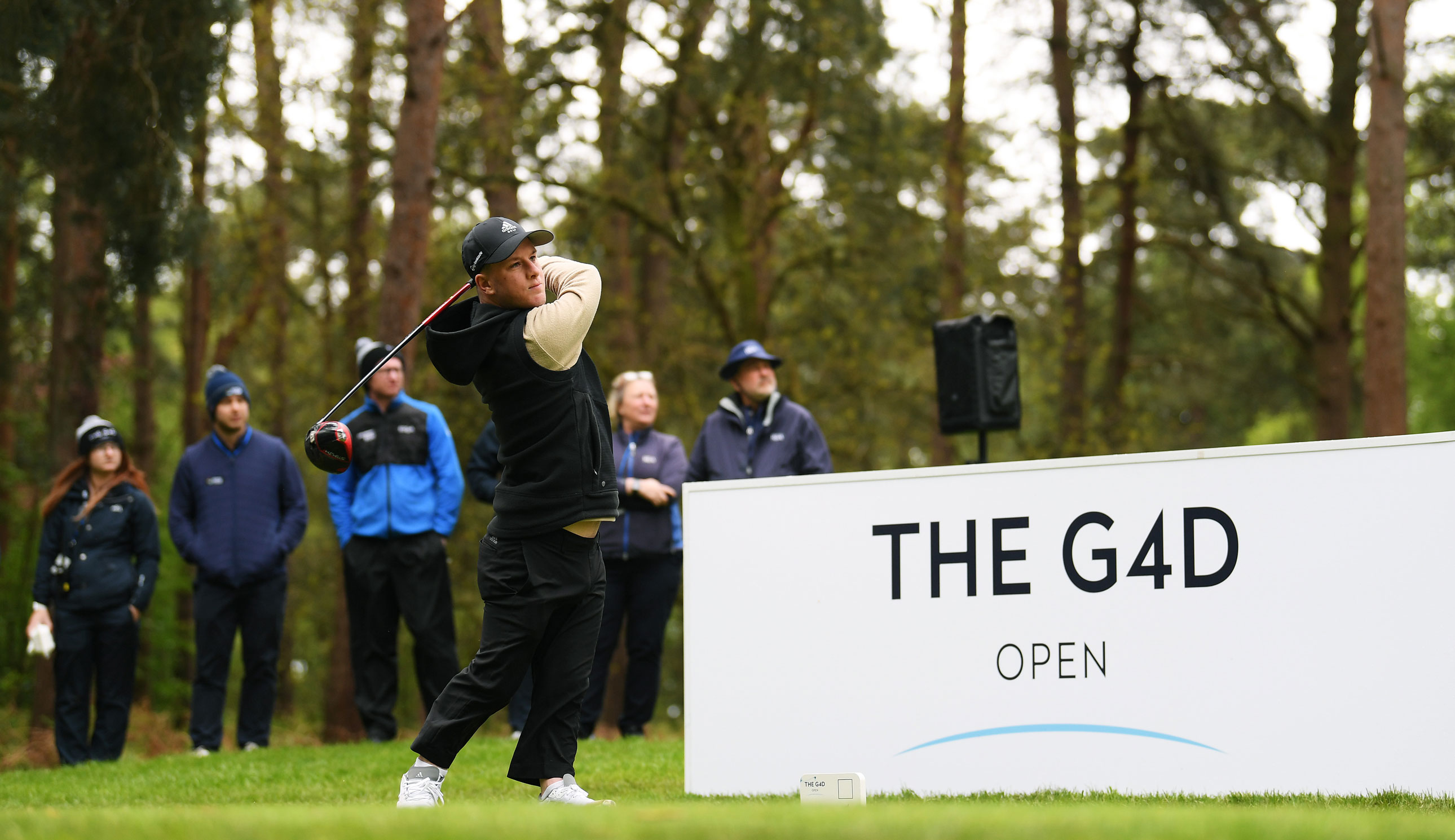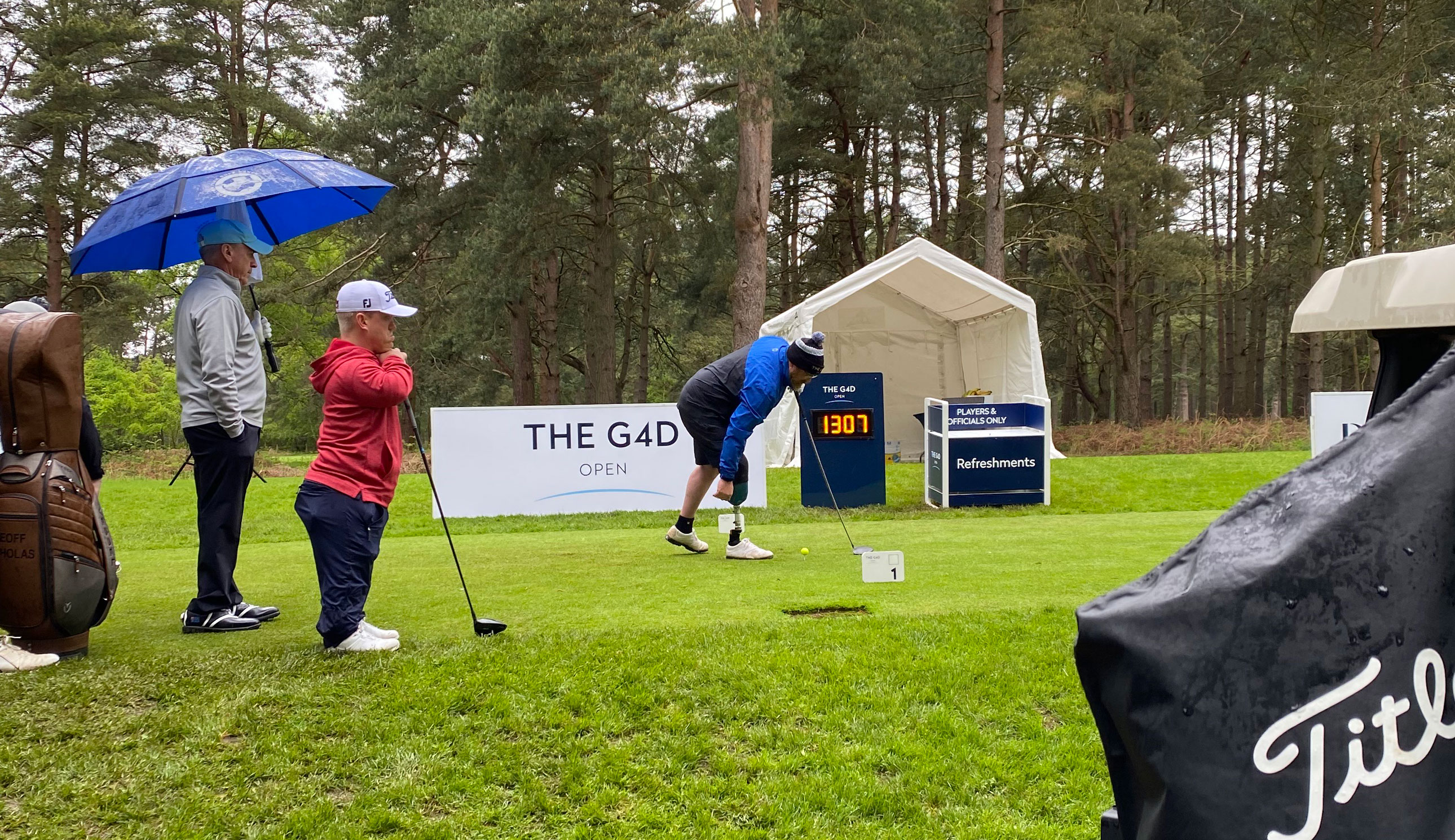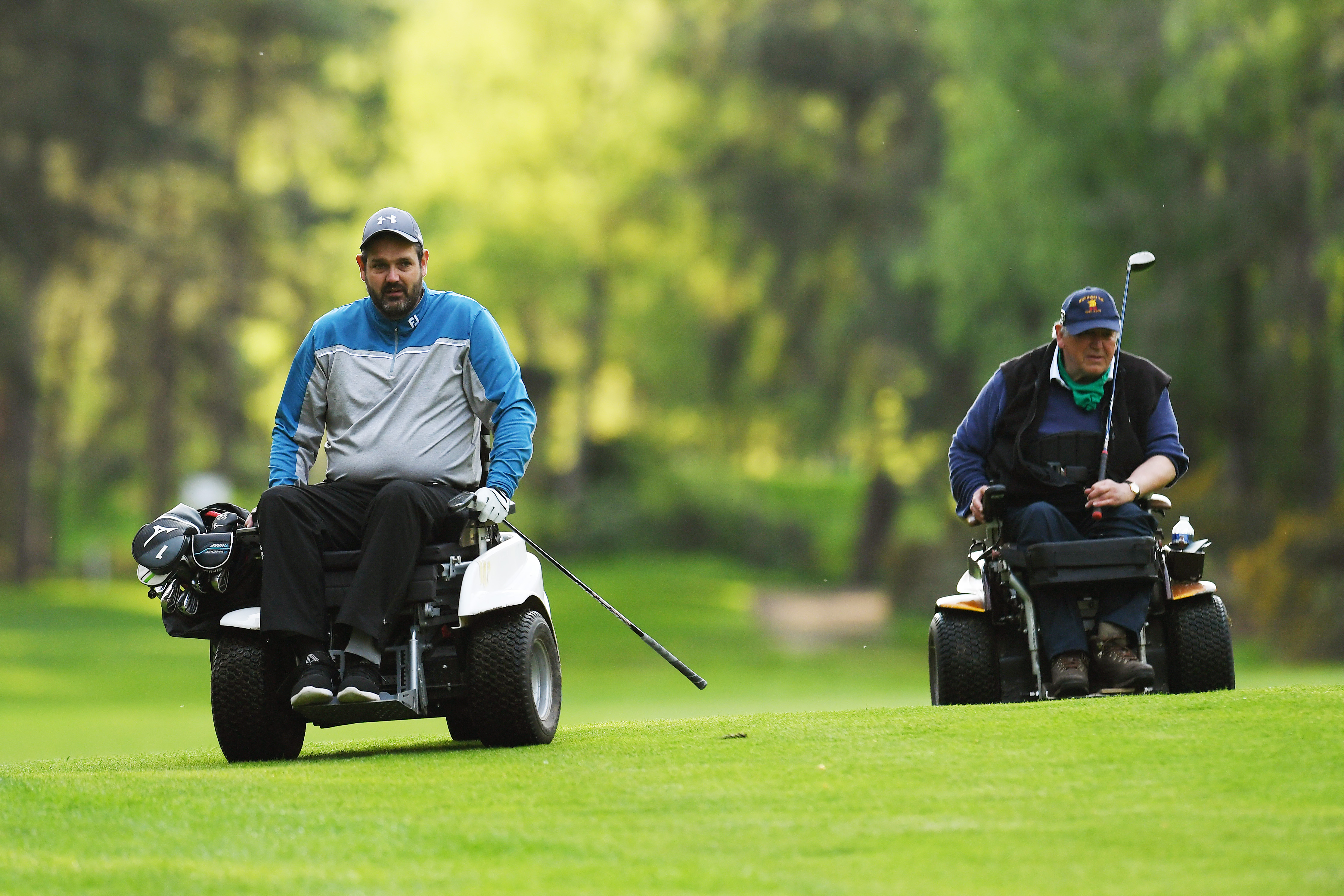
On Friday 12th May, I set off from a slightly rainy Oxfordshire to Woburn Golf Club for The G4D Open, a competition which saw 80 of the best disabled golfers do battle over the Duchess course. Put simply, it's given me a whole new perspective on golf!
Rocking up at 12.45pm, I was there to support our club captain and good friend of mine, Andrew Gardiner, a former disabled European No.1 and an individual who lost the lower portion of his right leg nearly 20 years ago. Essentially, he's seen it all in the disabled golf game and was obviously eager for me to find out what was on offer in the county of Bedfordshire.
Walking across the car park and through the clubhouse, the halls were decked out with banners and screens displaying the leaderboards, with the putting green crowded with advertising hoardings and spectators who were there to support. It felt like a proper, professional tournament and, upon meeting Andy prior to his tee time, one of the first sentences he uttered was: "What they've put on this week is something that hasn't really been seen before in the disabled game. It's fantastic".

To be there on the ground to experience it was something special, particularly given the logistics of organising a brand-new tournament of this stature. I've got to give a huge shout-out to the relevant parties involved - The R&A, DP World Tour, the European Disabled Golf Association and Woburn GC and its volunteers.
Within Andy's group was Joakim Bjorkman, who was diagnosed with achondroplasia (meaning of short stature) at a young age. The Swede has over 35 worldwide titles at National, European and World level and has also featured in a video with golf YouTuber and Golf Monthly Top 50 coach, Peter Finch.
The final player in the group was Geoff Nicholas, a right leg amputee who has played in the Senior British Open and, according to his EDGA profile, actually beat Tiger Woods in the first round at the 1996 Australian Open. Yes, you read that correctly!
Back to the golf then and, with the way Woburn's Duchess course is laid out, I was able to see three or so holes at the same time. Whilst the group I was following tackled the beginning of the tight layout, my eyes often wandered to other groups, one of which included a player with one arm and a golfer who was using a special mobility device that lifted said player from a sitting to a standing position.
I left the tee box slightly speechless as both bombed their drives down the centre of the fairway, with one providing a slight draw and the other a slight fade which glided through the air like a knife through hot butter. It wasn't just the flight though, it was the swings themselves; they looked effortless, a real case of "precision beats power and timing beats speed".

Overall, the tournament featured nine sport classes across multiple impairment groups, with players competing across the impairment categories of standing, intellectual, visual and sitting.
It was fascinating to spectate at The G4D Open, an event which was also free to watch, and really put into perspective our great game of golf. Not only was there the competitive element, something which ended with Brendan Lawlor lifting the inaugural trophy with a three-over-par total, but also the social aspect, something I experienced afterwards, with a beer, as I spoke to multiple players about the round they had just finished.
There's no denying that the course was playing tough, with the downpours making the layout seem 400-500 yards longer. However, following the tournament for the six hours I was on the ground for, it reiterates the point that golf is a sport for everybody.
After reading this piece, I ask you to try and hit your driver near 200 yards, dead straight, with just your left arm. I ask you to hit a wedge shot, with your eyes closed, that has copious amounts of spin. I ask you to hit an iron shot standing on one leg that lands on the green because, having watched play on Friday, they may make it look easy but, I can assure you it's bloody not!







